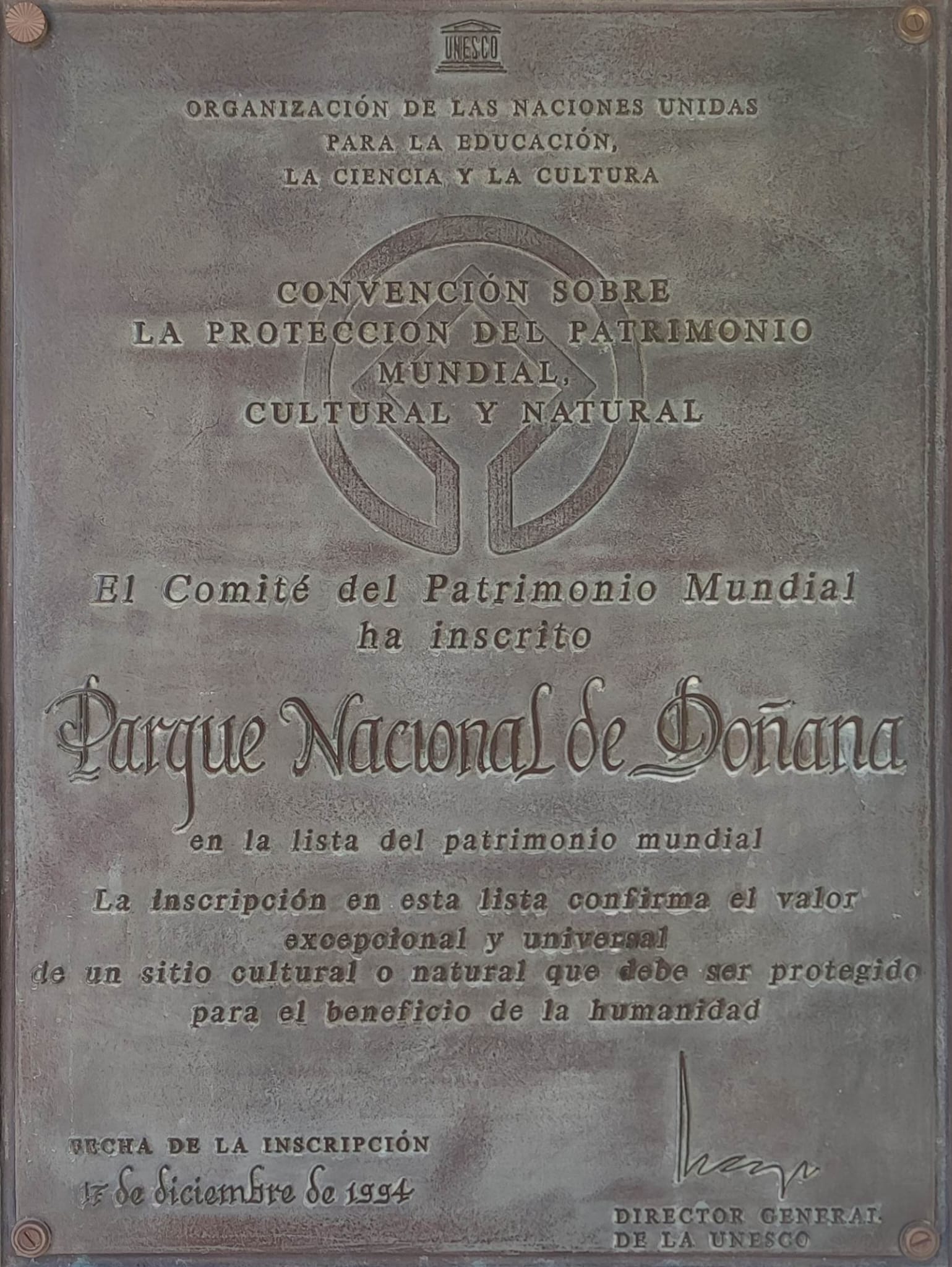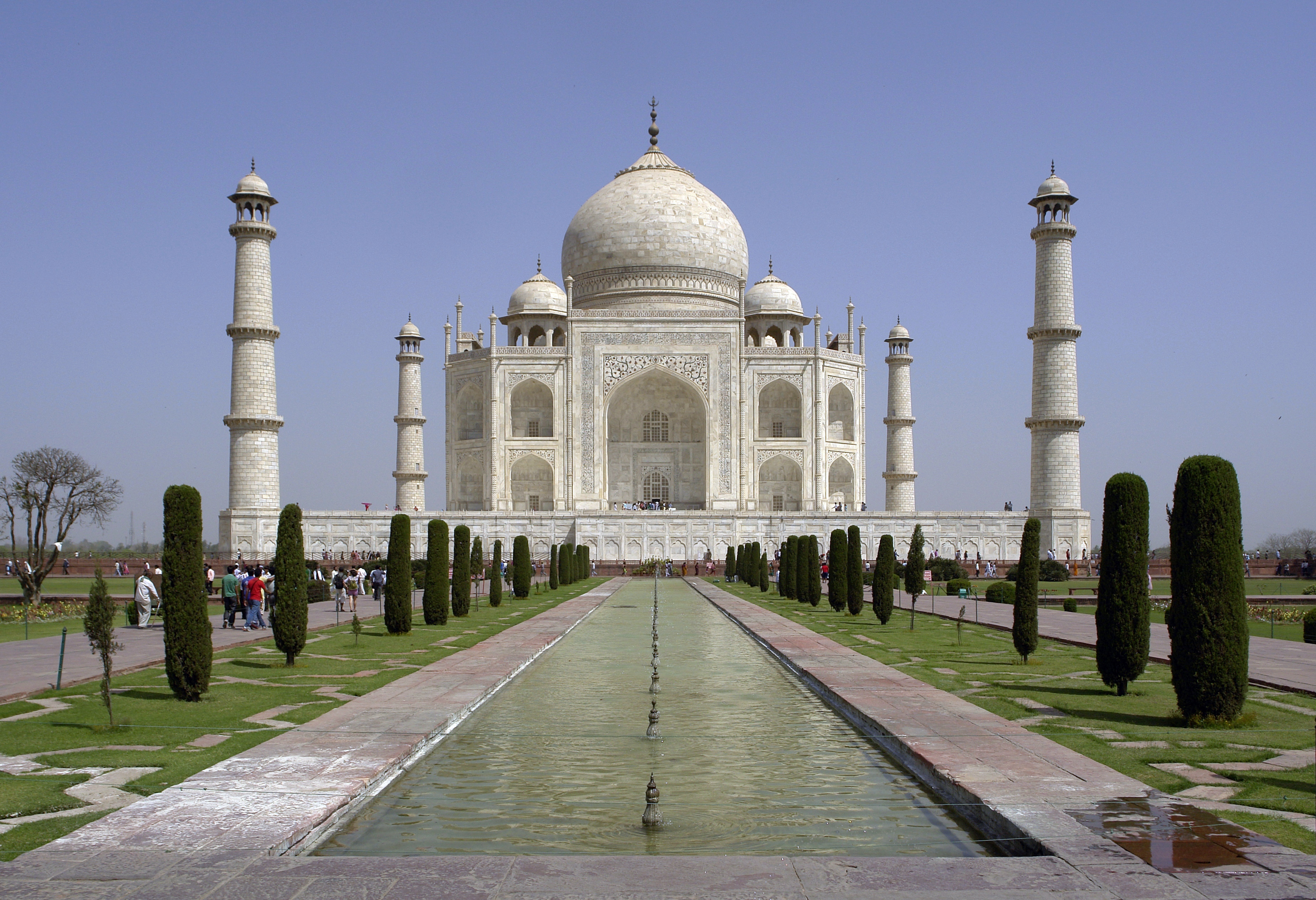World Heritage areas
Enlarge text Shrink text- Work cat.: 97-215262: Australia. Parliament. House of Representatives. Standing Committee on Environment, Recreation, and the Arts. Managing Australia's world heritage, c1996:p. iii (World Heritage areas) p. 1 (World heritage is a term applied to sites of outstanding universal cultural or natural significance which are included on the World Heritage List. As of December 1995 there were 469 properties on the World Heritage List, including 350 cultural sites, 102 natural sites and 17 mixed sites ... The Convention concerning the Protection of the World Cultural and Natural Heritage (the World Heritage Convention) was adopted by the General Conference of the United Nations Educational, Scientific and Cultural Organisation (UNESCO) in 1972 ... In order to qualify for inclusion on the World Heritage List, a nominated area must meet specific criteria which are contained in the Convention.)
- AltaVista, Feb. 12, 1998(Australian World Heritage Areas - Implications of World Heritage Listing; Duplantier: World Heritage Areas - Aug. 8, 1996; Australian World Heritage Areas, Kakadu National Park; World Heritage Areas (UN))
- LC database, Feb. 12, 1998(World Heritage Convention; World Heritage Towns, World heritage sites, Natural World Heritage Sites, World Heritage areas)
- UN list of nat'l parks:p. 259 (World Heritage Sites)
World Heritage Sites are landmarks and areas with legal protection under an international treaty administered by UNESCO for having cultural, historical, or scientific significance. The sites are judged to contain "cultural and natural heritage around the world considered to be of outstanding value to humanity". To be selected, a World Heritage Site is nominated by its host country and determined by the UNESCO's World Heritage Committee to be a unique landmark which is geographically and historically identifiable, having a special cultural or physical significance, and to be under a sufficient system of legal protection. World Heritage Sites might be ancient ruins or historical structures, buildings, cities, deserts, forests, islands, lakes, monuments, mountains or wilderness areas, and others. A World Heritage Site may signify a remarkable accomplishment of humankind and serve as evidence of humanity's intellectual history on the planet, or it might be a place of great natural beauty. As of July 2024, a total of 1,223 World Heritage Sites (952 cultural, 231 natural and 40 mixed cultural and natural properties) exist across 168 countries. With 60 selected areas, Italy is the country with the most sites, followed by China with 59, and Germany with 54. The sites are intended for practical conservation for posterity, which otherwise would be subject to risk from human or animal trespassing, unmonitored, uncontrolled or unrestricted access, or threat from local administrative negligence. Sites are demarcated by UNESCO as protected zones. The World Heritage Sites list is maintained by the international World Heritage Program administered by the UNESCO World Heritage Committee, composed of 21 "states parties" that are elected by the United Nations General Assembly, and advised by reviews of international panels of experts in natural or cultural history, and education. The Program catalogues, names, and conserves sites of outstanding cultural or natural importance to the common culture and heritage of humankind. The programme began with the Convention Concerning the Protection of the World Cultural and Natural Heritage, which was adopted by the General Conference of UNESCO on 16 November 1972. Since then, 196 states have ratified the convention, making it one of the most widely recognised international agreements and the world's most popular cultural programme.
Read more on Wikipedia >
 Topic
Topic


.jpg)








